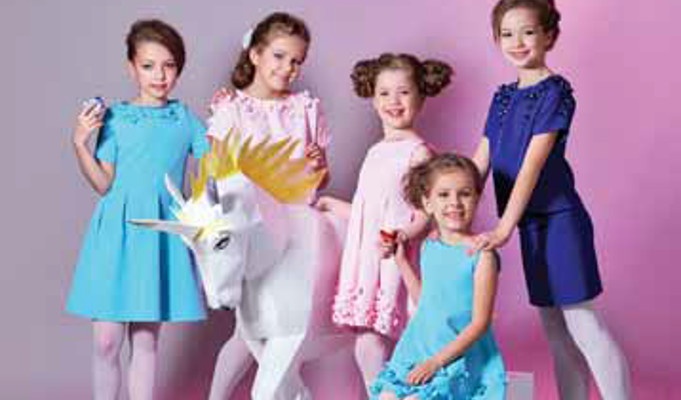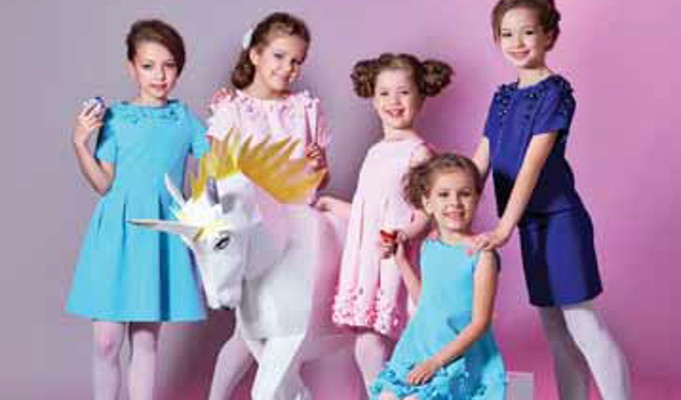
The size of Indian apparel market in 2019 is US$ 56.4 billion. It is expected to grow at a CAGR of 8 percent by FY 2025, reaching US$ 89.2 billion. Factors contributing to the growth include higher brand consciousness, increasing digitisation, greater purchasing power and increasing urbanisation. Within this enormous market lies the smaller, but equally important and fast growing kidswear segment.

The Indian apparel market is witnessing high growth in the kidswear segment. India is globally one of the youngest nations ~ with approx. 29 percent of the total population in the age group of 0 to 14 years and the kidswear market here is expected to grow at a CAGR of 9 percent from US$ 11.7 billion in 2019 (20.8 percent of total apparel market) to approx. US$ 19.1 billion in 2025.
Owing to the growth potential of this market segment, many international brands have entered this segment in last few years. Indian private brands and boutique brands are also retailing into this segment through online channels and brick and mortar standalone stores ~ comprising of approximately 85 percent of the total market in kidswear.
Growth Drivers
Factors such as exposure to global fashion trends, rising disposable income of the Indian working class and presence of foreign brands act ascatalysts for the growth of kidswear market in India.
Kids are also very fashion conscious and demand variety in what they wear. The access to smartphones, movies, and internet has made the kidswear of the on-going fashion trends. With higher disposable incomes because of double income families, parents do not mind spending frequently on kidswear.
After the implementation of GST, kidswear segment is expected to witness higher shift towards organised retail in near future.
The Right Business Model
Traditionally, kidswear segment has been an unorganised market with few organised players entering this segment. Brands can gain advantage from growth in this segment by focusing on the right business model, a strong supply chain, and by successfully bridging the gap between pricing points of local and organised kidswear stores.
The key success factor of the segment is to manage a large number styles which are high on fashion. The unorganised players have been able to manage these parameters successfully so far.
In a bid to stay relevant, retailers are introducing private labels in this segment for price conscious consumers. Popular fashion trends are also being translated into goods at sharper price points to attract the consumers. In conclusion, a right business model based on strong supply chain capabilities is required to succeed in this fashion conscious value based business.


